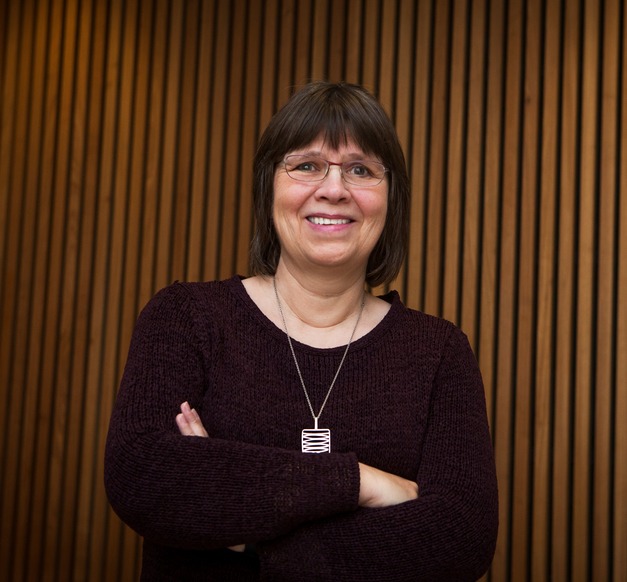The discussion that children all over the world currently spend less and less time playing outdoors and concern that this causes them to miss out on certain opportunities for learning and growth was the motivation for Kristín Norðdahl's doctoral thesis, completed in 2015. Kristín is currently an Associate Lecturer in Biology and Science Education at the UI School of Education. "I found it interesting to study how different parties regard the role of outdoor surroundings in children's education in Iceland. Is outdoor environment considered an important study environment and if so, why?" says Kristín on her research goals.
Kristín says that she has personally had a long standing interest in the outdoors. She believes, based on her own experience, that what can be found outside can influence children's learning process and be relevant on how they regard and treat the environment and nature. This is why she decided to study the ideas of strategic planners, teaching staff and the children themselves on the role of outdoor surroundings in education and how it is implemented.
"Strategic planners, teachers and the pupils all greatly appreciated nature in children’s lives. Four main themes on the role of the outdoors emerged in the study. Being outside was considered and used as a place to: encourage work and play; promote physical and psychological well-being; take risks and feel safe, and to influence the children's attitude towards their environment. But the silence surrounding using the outdoors as a study environment in laws and legislations was surprising. Furthermore, the research revealed that discussions around outdoor surroundings did not cover all the factors considered important in children’s education such as their gender, diversity or different abilities," she says on the study results.
Kristín says the results offer various conclusions that teaching staff, researchers and policy makers should consider. "The results show that being outside offers the possibilities to meet diverse needs by connecting play, freedom, studies and physical activity; thus increasing diversity in teaching. As stated above being outside in school is important as far as democracy and sustainability in education is concerned, offering various opportunities for participation in society. It is also imporrtant that teachers find the balance in making the most of the educational opportunities involved in being outdoors whilst securing the children's safety. The children have had various ideas regarding educational and developmental outdoors surroundings that teachers and landscape architects could learn from," she concludes.
Main supervisor: Ingólfur Ásgeir Jóhannesson, Professor at the Faculty of Teacher Education.



